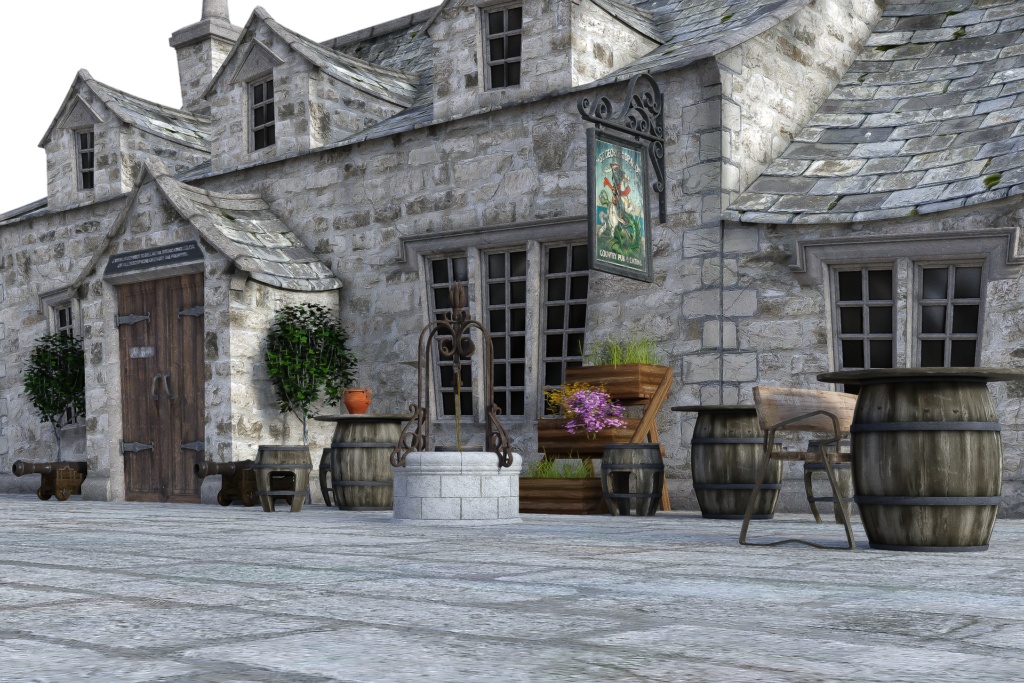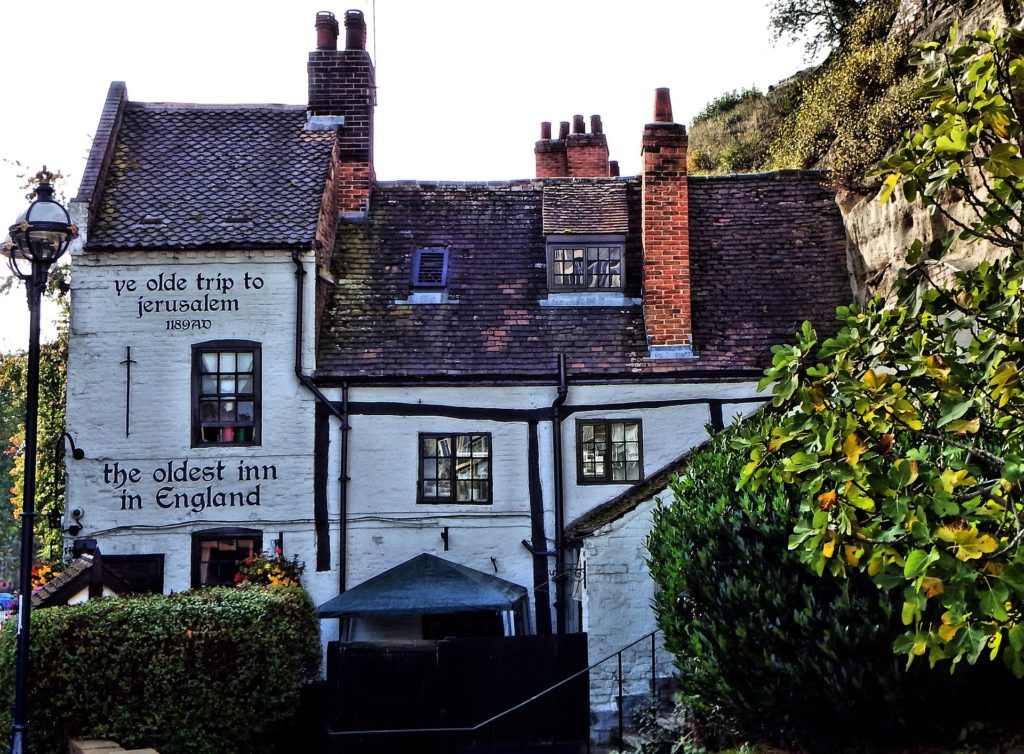When were pubs invented?
by Ailsa Harvey · 25/03/2020
Discover how foreign conquerors helped shape a British institution

(Image source: Pixabay)
When the Romans invaded Britain in 43 CE, they brought with them all the trappings of civilised living: walled cities, literacy, sanitation — and pubs. Known as tabernae — the origin of the English word ‘tavern’ — these establishments sold wine to thirsty workers and soldiers. However, as the Romans left and the Anglo-Saxons settled in the British Isles, ale became the tipple of choice.
Brewers opened up their homes as alehouses, which grew so popular that in 965 King Edgar I restricted them to one per village. These taverns and alehouses continued to adapt. When the Normans conquered Britain in 1066, newly built monasteries began brewing their own beer to sell to weary pilgrims, while nearby inns offered refreshment and rest to travellers on the road to holy sites in Britain and beyond.
In 1393 King Richard II ordered that all drinking establishments must display a sign outdoors — normally an illustration as the majority of people were illiterate. These signs would usually have religious themes, with images of saints and angels, but this became taboo in the 16th century when King Henry VIII broke from the Roman Catholic Church. Cautious innkeepers were quick to show their loyalty to the monarch by changing the names of their premises, adopting royal names such as The King’s Arms or The Greyhound — appealing to the Tudor tyrant’s love of hunting.
In 1552, the Alehouse Act was passed by the monarch, which stated that a licence provided by the local Justice of Peace was needed in order to sell beer or wine. But this legislation didn’t stop pubs from continuing to boom, with many
later naming themselves The Red Lion in honour of King James VI of Scotland acceding to the throne of England in 1603. Beer was often cleaner than water and cheaper than tea, with alcoholic drinking remaining widespread in Victorian Britain even after the temperance movement. These public houses — shortened to ‘pubs’ — featured new-fangled beer engines that could pump the liquid from underground cellars to customers’ glasses in seconds. As drinking cultures changed during the 19th century, venues diversified into gin palaces, music halls and nightclubs, but the British public hasn’t called time on the traditional pub just yet.

Ye Olde Trip to Jerusalem claims to be the oldest inn in England (Image credit: Ian Wilson)
Five of the oldest Inns:
1. Ye Olde Fighting Cocks: St Albans, Hertfordshire
Reportedly dating back to the 8th century, this pub is perhaps named after the blood sport that took place here.
2. Ye Olde Trip to Jerusalem: Nottingham
This inn claims to have been established in 1189 CE — the year Richard the Lionheart became king.
3. Ye Olde Cheshire Cheese: Fleet Street, London
Rebuilt after the 1666 Great Fire of London, this slice of history hosted famous literary figures like Charles Dickens and Samuel Johnson.
4. Adam and Eve: Norwich, Norfolk
This ancient alehouse from the 13th century used to quench the thirst of workmen building the nearby cathedral.
5. The Clachan Inn: Loch Lomond, Scotland
Established in 1734, its name means ‘a building of stone’, as during this time most other buildings were made of turf.
This article was originally published in How It Works issue 107, written by Jodie Tyley
For more science and technology articles, pick up the latest copy of How It Works from all good retailers or from our website now. If you have a tablet or smartphone, you can also download the digital version onto your iOS or Android device. To make sure you never miss an issue of How It Works magazine, subscribe today!






